Your Clinic
SET A LOCATION
Your Clinic
SET A LOCATION
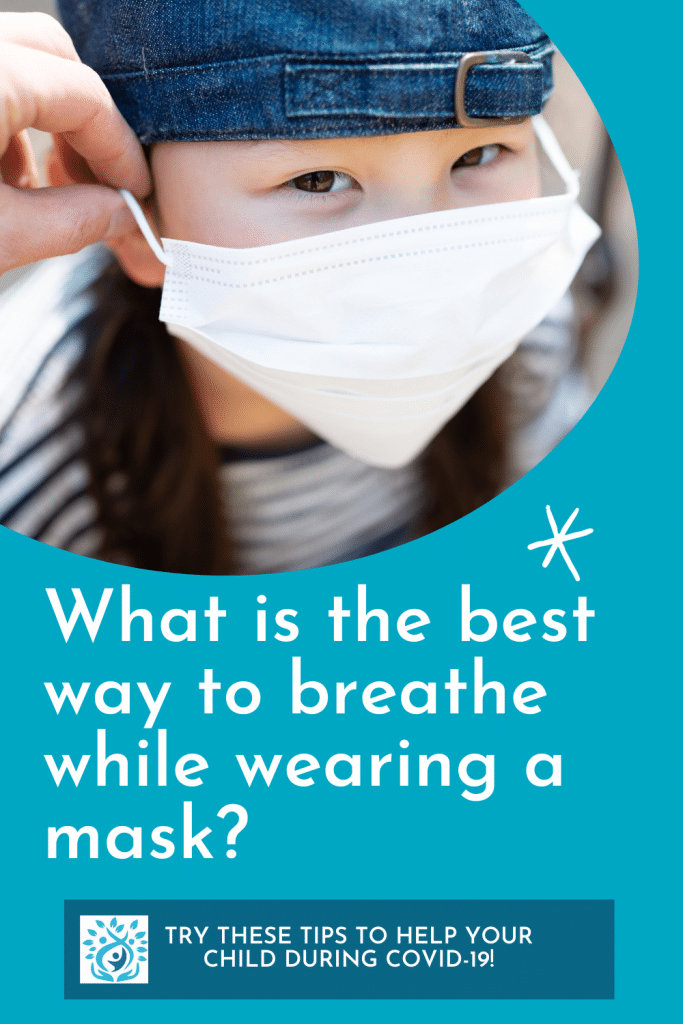
Some of us are finding that we’re spending a lot more time in our masks than we thought we would. I can admit it: in March, I had NO clue that I’d be wearing a mask in April, let alone into February of the next year. From the looks of it, masks are going to be around for quite some time.
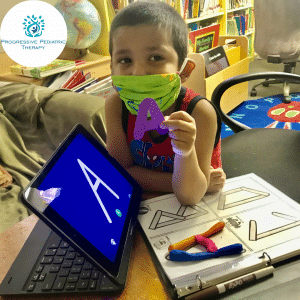
The benefits of masks in such an uncertain world are obvious. They protect us and our children, and they protect others from what germs we could possibly be carrying. Wearing a mask is our best defense, along with social distancing and washing our hands well and often. However, what’s not as obvious are the downsides to mask wearing. Aside from the foggy glasses and “maskne,” there are some serious things to look out for and prevent while wearing a mask.
When we are sitting and breathing at rest, the proper position for our mouths is to be closed and our tongues to be resting behind our top front teeth. For some reason, when we wear masks, we are more prone to mouth breathing. I’d like to suggest trying to breathe through your nose as often as possible while wearing a mask.
I think I’ve made my case for nasal breathing, with or without a mask. Try and practice nasal breathing with your kids who are old enough to wear masks. It may not happen right away, but even reminders throughout the day may be helpful . Feel free to share these tips with your child’s teachers, as they’re spending many masked hours with students.
These are useful things to keep in mind even in a “maskless” world. So, if you notice your child breathing with an open mouth on a regular basis, contact our office to get a free screening. Remember, mouth breathing can change the shape of your child’s mouth, so speech therapy can help prevent further consequences.
We hope you stay safe and well during what we hope is the final stretch of this pandemic!
Resources:
New York- Presbyterian (2020) https://healthmatters.nyp.org/how-to-breathe-better-with-a-mask
The Breathing Institute (2020) https://www.thebreatheinstitute.com/
Algunos de nosotros estamos descubriendo que pasamos mucho más tiempo con nuestras máscaras de lo que pensábamos. Puedo admitirlo: en marzo, NO tenía ni idea de que usaría una máscara en abril, y mucho menos en febrero del próximo año. Por lo que parece, las máscaras estarán disponibles durante bastante tiempo.
Los beneficios de las máscaras en un mundo tan incierto son obvios. Nos protegen a nosotros y a nuestros hijos, y protegen a los demás de los gérmenes que posiblemente podamos portar. Usar una máscara es nuestra mejor defensa, junto con el distanciamiento social y lavarnos las manos bien y con frecuencia. Sin embargo, lo que no es tan obvio son las desventajas de llevar una máscara. Aparte de las gafas empañadas y el “maskne” (acné causado por mascarillas), hay algunas cosas serias a tener en cuenta y prevenir mientras se usa una máscara.
Cuando estamos sentados y respirando en reposo, la posición adecuada para nuestra boca es estar cerrada y nuestra lengua descansando detrás de nuestros dientes frontales superiores. Por alguna razón, cuando usamos máscaras, somos más propensos a respirar por la boca. Me gustaría sugerirle que intente respirar por la nariz con la mayor frecuencia posible mientras usa una máscara.
Creo que he defendido mi defensa de la respiración nasal, con o sin máscara. Intente practicar la respiración nasal con sus hijos que tengan la edad suficiente para usar máscaras. Puede que no suceda de inmediato, pero incluso los recordatorios a lo largo del día pueden ser útiles . No dude en compartir estos consejos con los maestros de su hijo, ya que pasan muchas horas enmascarados con los estudiantes.
Estas son cosas útiles a tener en cuenta incluso en un mundo “sin máscara”. Por lo tanto, si nota que su hijo respira con la boca abierta con regularidad, comuníquese con nuestra oficina para obtener un examen gratuito. Recuerde, la respiración bucal puede cambiar la forma de la boca de su hijo, por lo que la terapia del habla puede ayudar a prevenir más consecuencias.
¡Esperamos que se mantenga sano y salvo durante lo que esperamos sea el tramo final de esta pandemia!
The post What is the Best Way for my Child to Breathe When Wearing a Mask? appeared first on PPT4Kids.



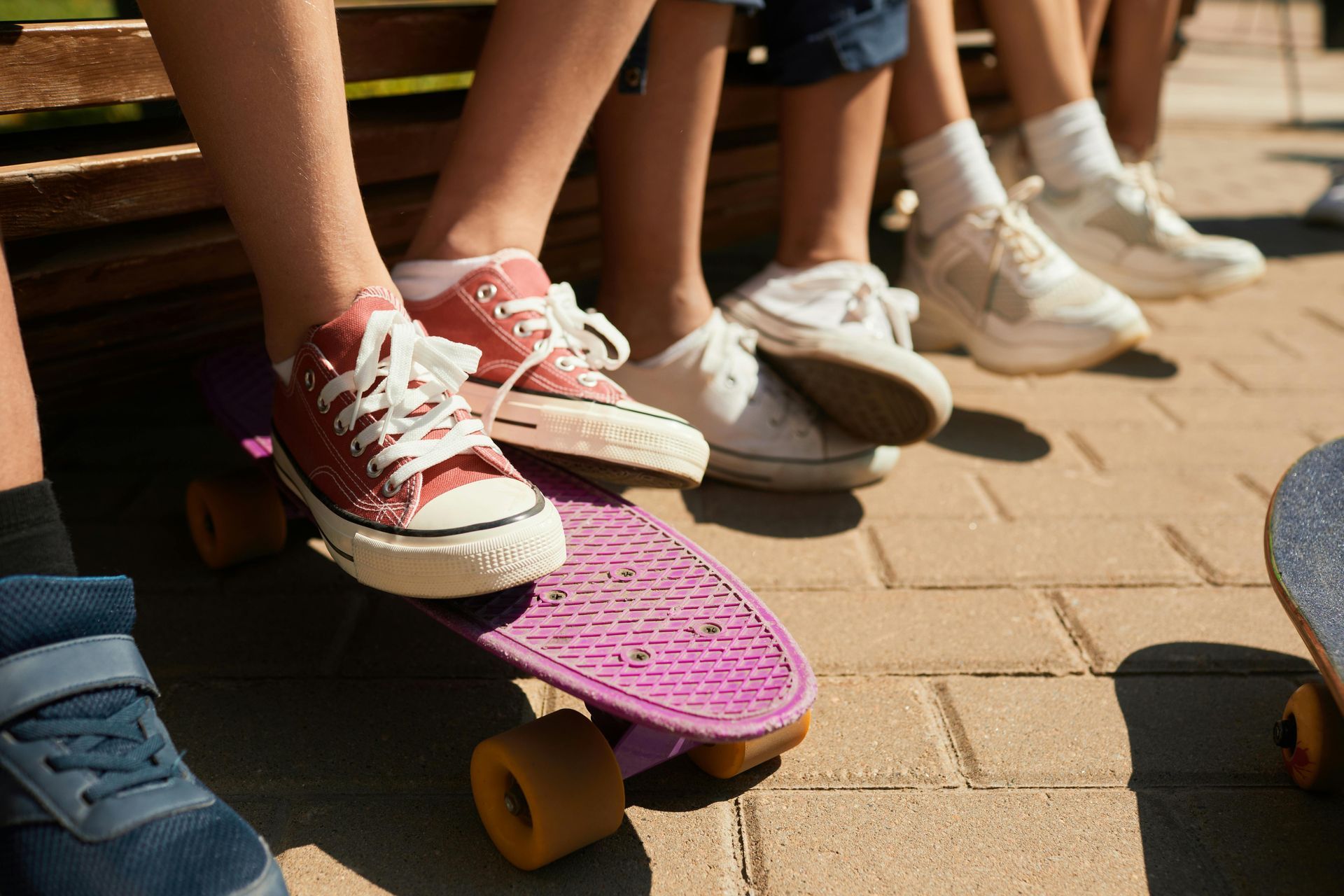


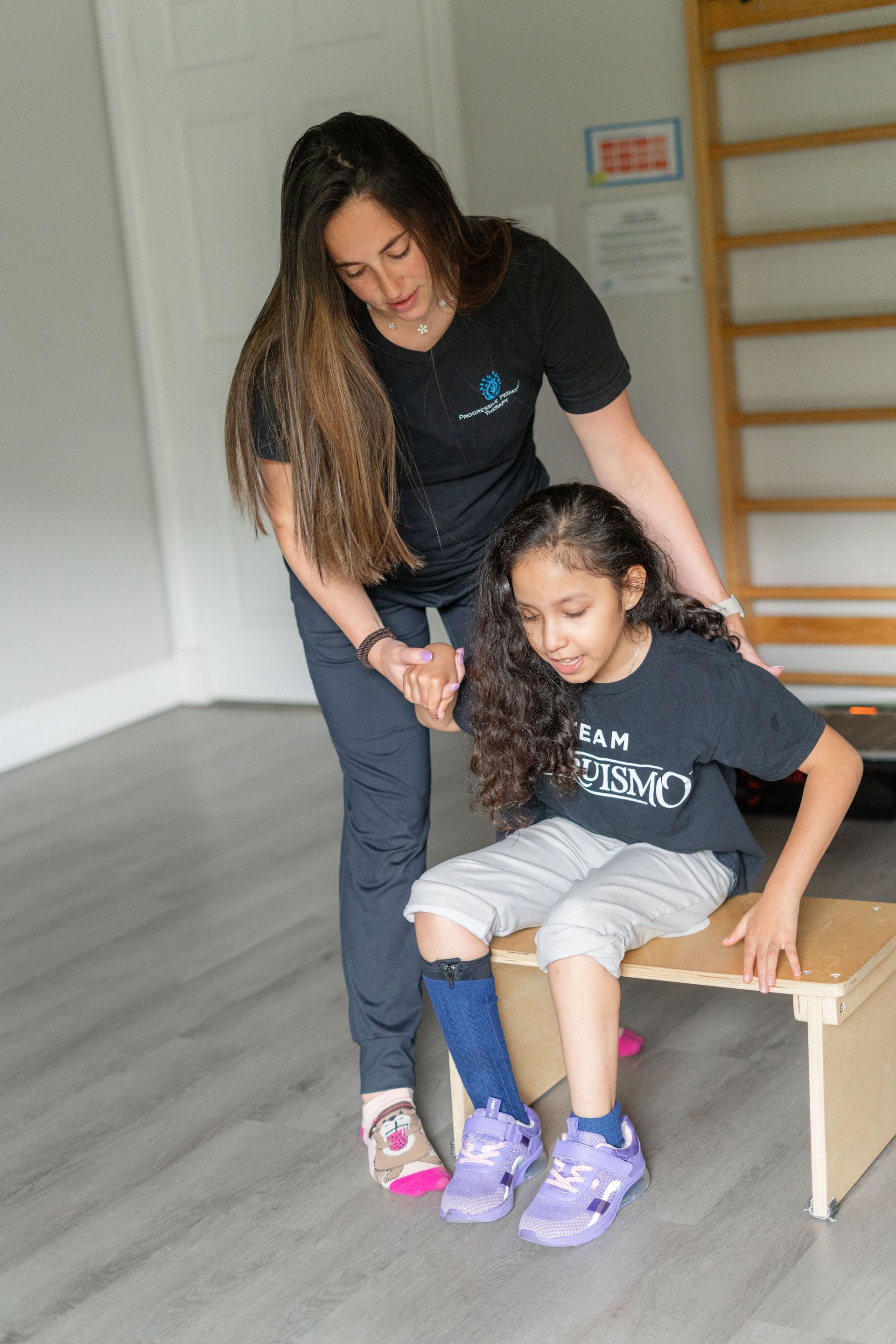
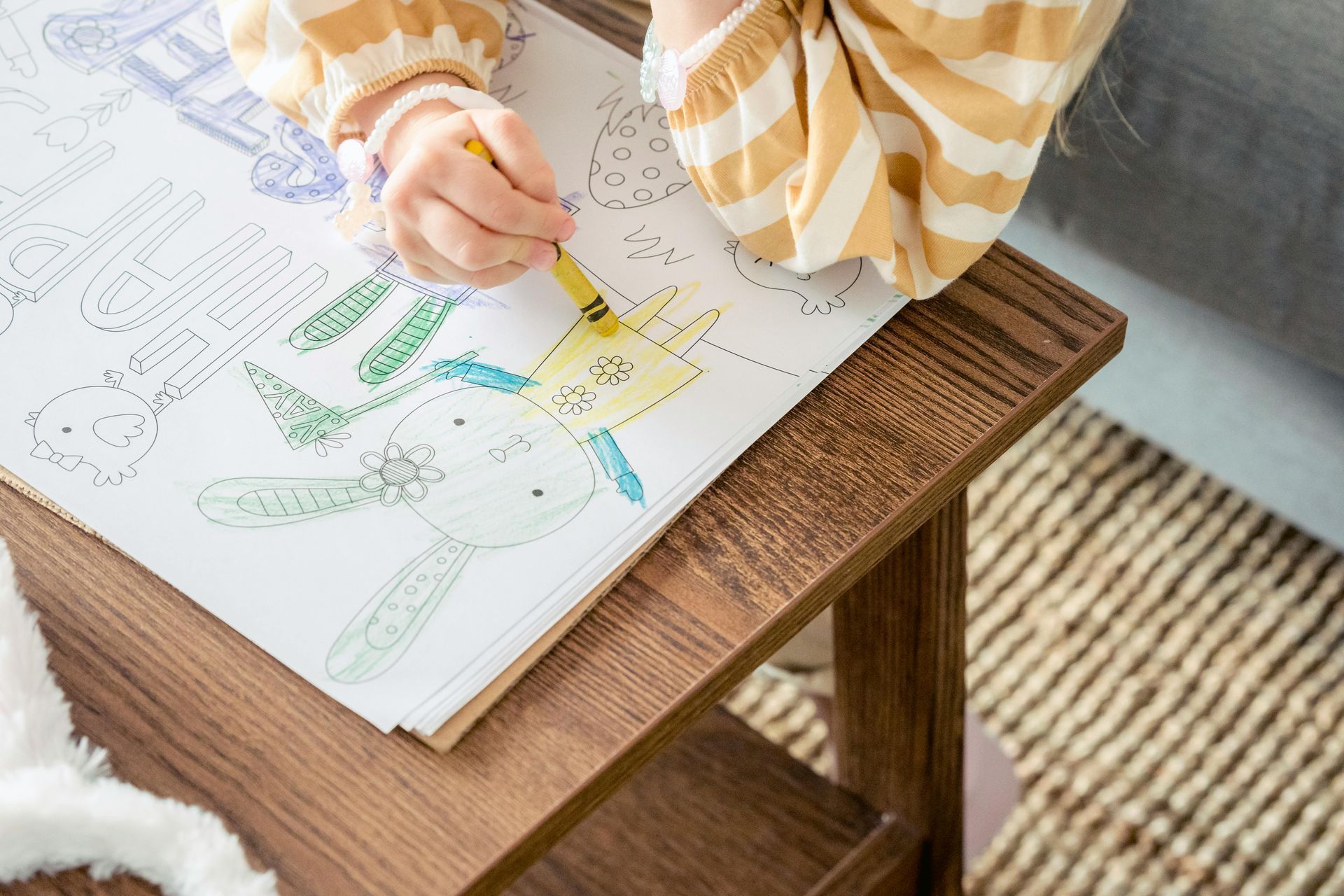
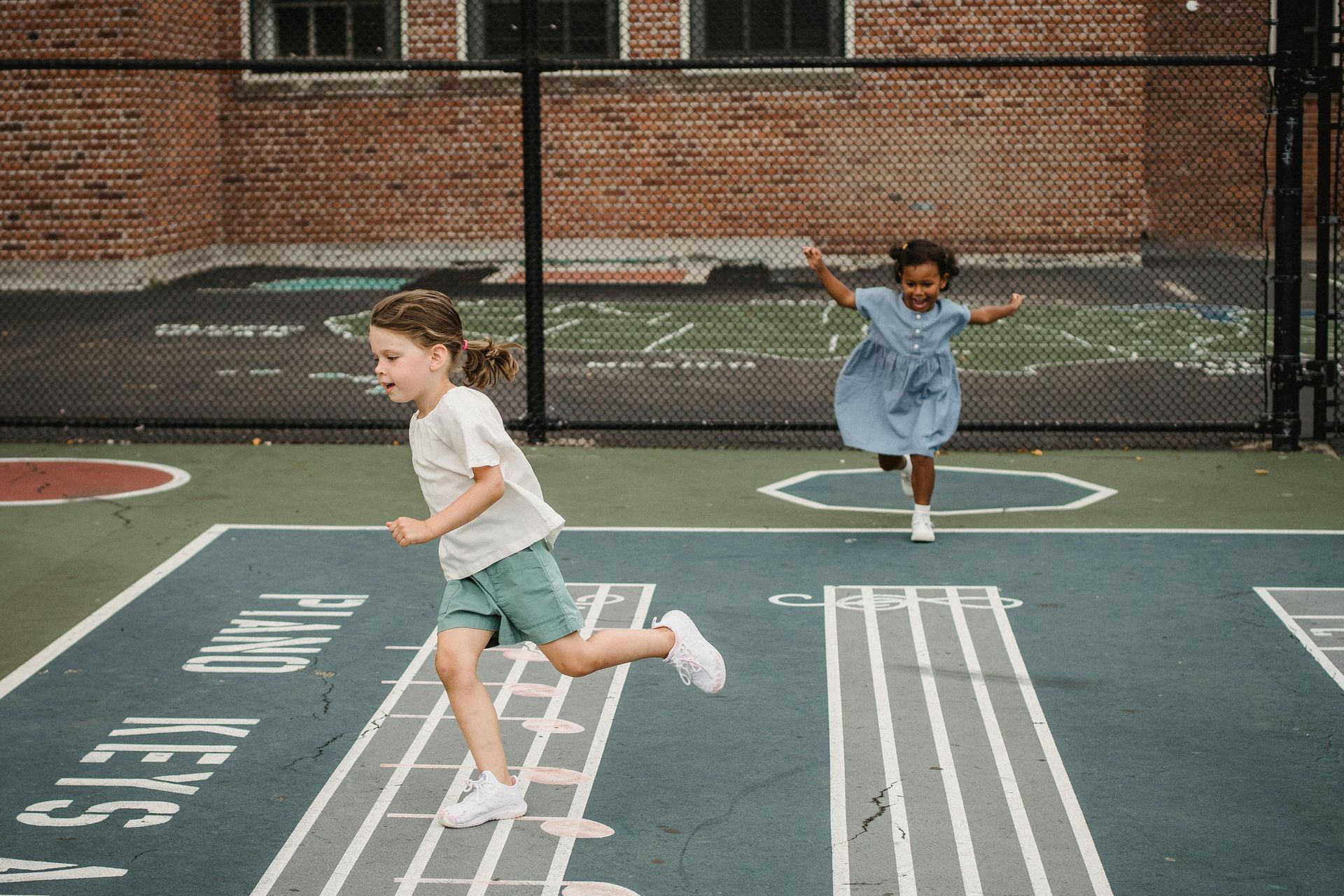
We empower children, families, and the community to learn, grow, and celebrate every child's unique abilities.
Quick Links
Contact Details
Phone: 561-376-2573 | 561-918-0190
Fax: 561-218-4939
VIP Concierge: 561-717-1764
Clinic Locations
All Rights Reserved | Progressive Pediatric Therapy, Inc. | Privacy Policy | Terms of Service
Site by Spearlance